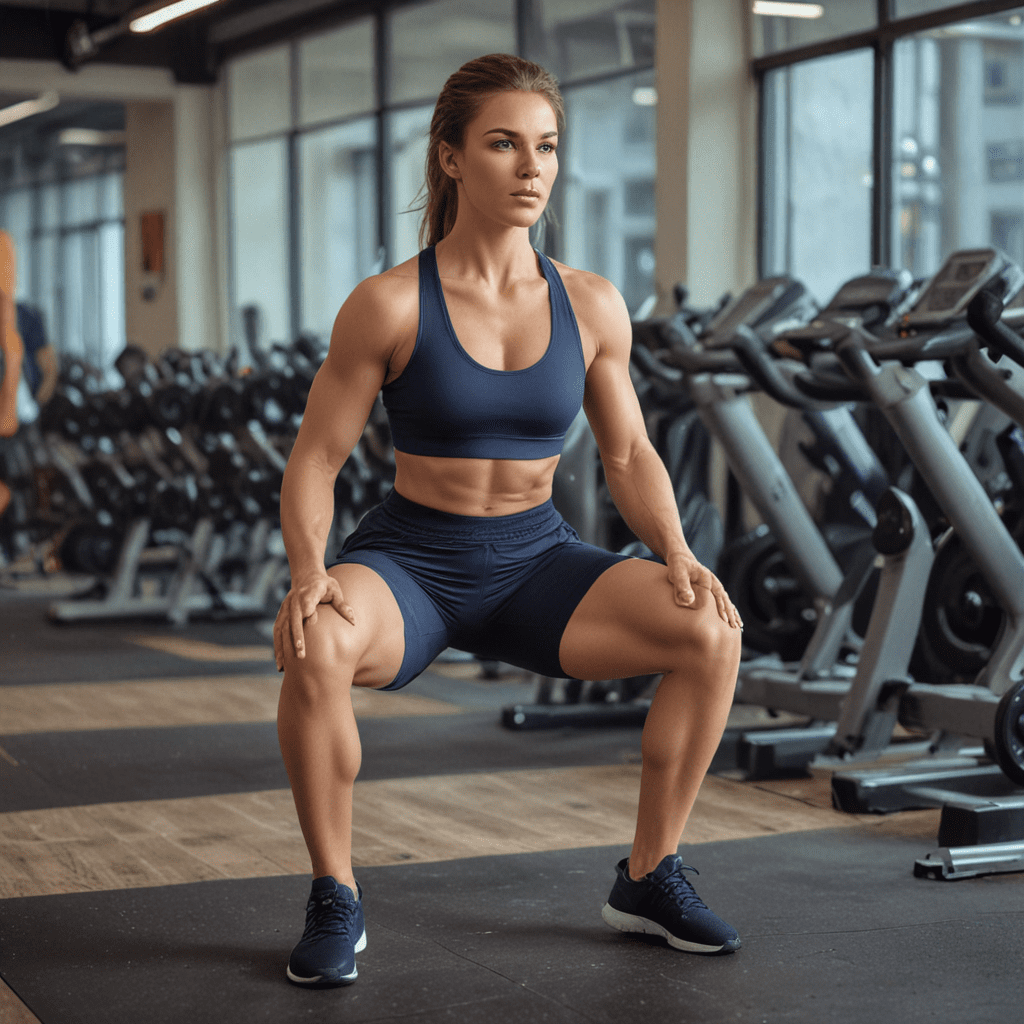
Benefits of Cardiovascular Exercise for Muscle Flexibility
Regular cardiovascular exercise offers numerous benefits for muscle flexibility. By elevating your heart rate and increasing blood flow to your muscles, cardio warms them up, making them more pliable and less prone to injury. Additionally, cardio promotes the production of synovial fluid, which lubricates your joints and enhances their range of motion. Over time, consistent cardio training can improve your overall flexibility, allowing for greater ease in everyday movements and athletic activities.
Types of Cardiovascular Exercises for Flexibility
For optimal flexibility benefits, incorporate a variety of cardiovascular exercises into your routine. These may include:
- Swimming: A full-body workout that minimizes impact on your joints, making it an excellent choice for individuals with mobility limitations.
- Cycling: A low-impact activity that targets the muscles in your legs and glutes. Cycling is also a great option for improving cardiovascular fitness.
- Dancing: A fun and engaging way to enhance flexibility. Dance incorporates movements that stretch and lengthen your muscles.
- Elliptical training: A low-impact exercise that simulates running or walking without putting excessive stress on your joints.
- Yoga: A mind-body practice that combines cardiovascular exercise with stretching and flexibility training.
Warm-Up and Stretching Before Cardio
Before engaging in any cardiovascular activity, it is crucial to warm up your muscles properly. Begin with 5-10 minutes of light cardio, such as walking or jogging, to increase your body temperature and blood flow. Follow this with dynamic stretching, which involves moving your joints through their full range of motion while maintaining control. Dynamic stretching prepares your muscles for the demands of cardio and reduces the risk of injury.
Incorporating Cardio into a Flexibility Routine
To effectively improve muscle flexibility, incorporate cardiovascular exercise into your stretching routine. Start by gradually adding cardio sessions to your weekly schedule. For beginners, aim for 30 minutes of cardio two to three times per week. As you progress, you can increase the duration and intensity of your workouts. Remember to listen to your body and rest when needed.
Frequency and Duration of Cardio for Flexibility
The frequency and duration of cardiovascular exercise for flexibility will vary depending on your individual fitness level and goals. However, a good starting point is to aim for 30-60 minutes of moderate-intensity cardio most days of the week. If you are new to exercise, start with shorter sessions and gradually increase the duration as your fitness improves.
6. Exercise Modifications for Different Fitness Levels
Tailor your cardiovascular exercises to your fitness level to maximize benefits and minimize risk. Beginners should start with low-impact activities like walking or swimming. Gradually increase the intensity and duration of your workouts as your fitness improves. If you have any underlying health conditions, consult with a healthcare professional before starting any new exercise program.
7. Dynamic Stretching vs. Static Stretching
Incorporate both dynamic and static stretching into your routine for optimal flexibility. Dynamic stretching involves moving your joints through their full range of motion while maintaining control. This type of stretching is best performed before cardio to prepare your muscles for activity. Static stretching, on the other hand, involves holding a stretch for an extended period. It is best performed after cardio to improve flexibility and reduce muscle stiffness.
8. Proper Form and Technique
Maintaining proper form and technique is essential for maximizing the benefits of cardiovascular exercise and preventing injury. When performing cardio, focus on maintaining good posture and using your core muscles to stabilize your body. Avoid overexertion and listen to your body. If you experience any pain or discomfort, stop the exercise and seek medical attention if necessary.
9. Cool-Down and Post-Exercise Recovery
After completing your cardiovascular workout, allow time for a cool-down period. This involves gradually reducing the intensity of your activity to bring your heart rate and breathing back to normal levels. Follow your cool-down with static stretching to further enhance flexibility and reduce muscle soreness. Adequate rest and recovery after exercise are crucial for muscle repair and rebuilding. Allow your muscles to rest for 24-48 hours before engaging in another intensive workout.
10. Safety Considerations and Contraindications
Certain individuals may need to take extra precautions or avoid certain types of cardiovascular exercise due to underlying health conditions. If you have any concerns, consult with a healthcare professional before starting an exercise program. It is generally recommended to avoid high-impact activities if you have joint pain, osteoporosis, or other musculoskeletal conditions. Additionally, individuals with cardiovascular disease or hypertension should seek medical clearance before engaging in strenuous exercise.
FAQ:
Q: How often should I do cardiovascular exercise for flexibility?
A: Aim for 30-60 minutes of moderate-intensity cardio most days of the week.
Q: What's the best type of cardio for flexibility?
A: Swimming, cycling, dancing, elliptical training, and yoga are all excellent choices.
Q: Should I stretch before or after cardio?
A: Do dynamic stretching before cardio and static stretching after.
Q: Is it okay to do cardio if I'm sore?
A: If you have muscle soreness, opt for light cardio or rest.


